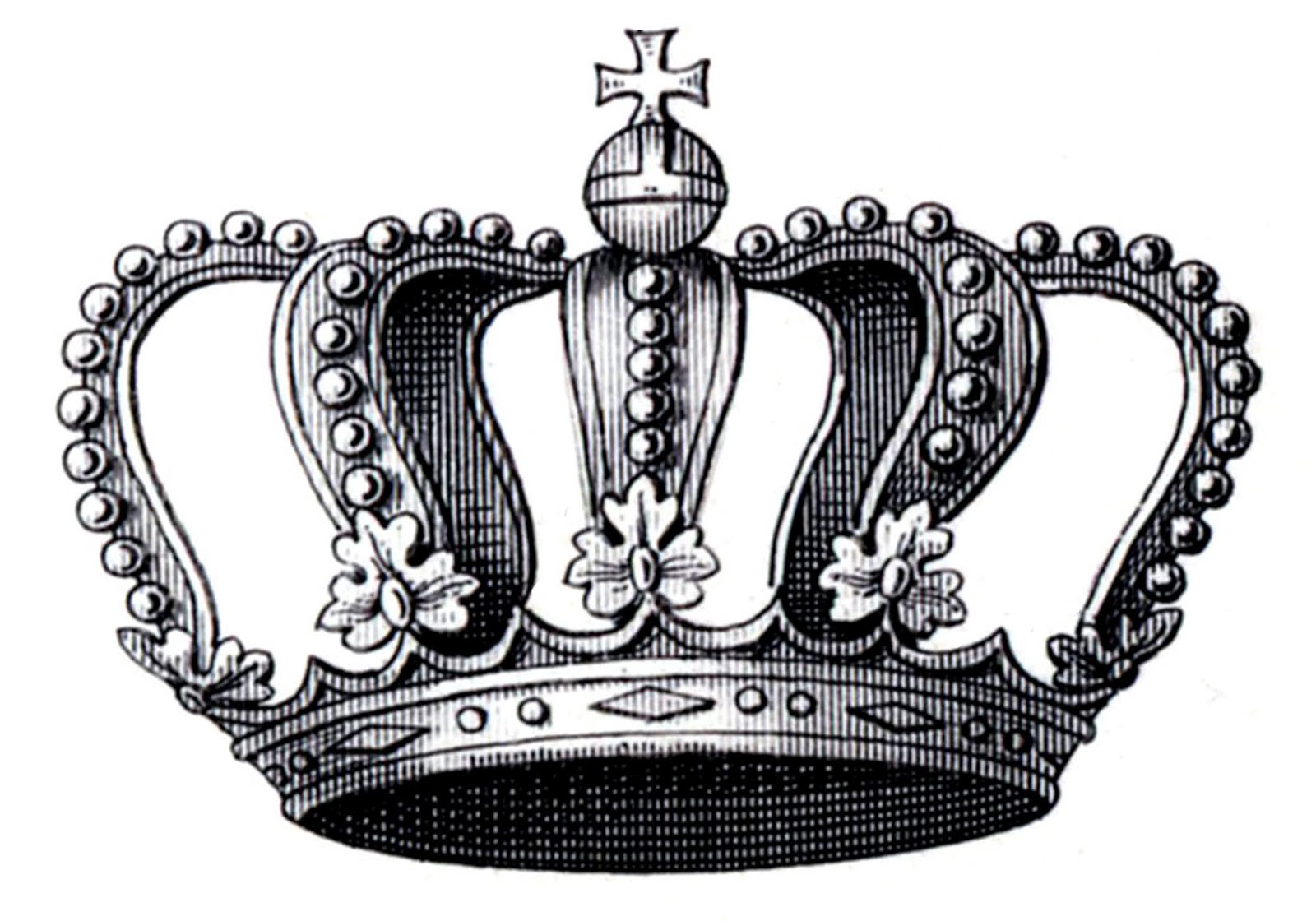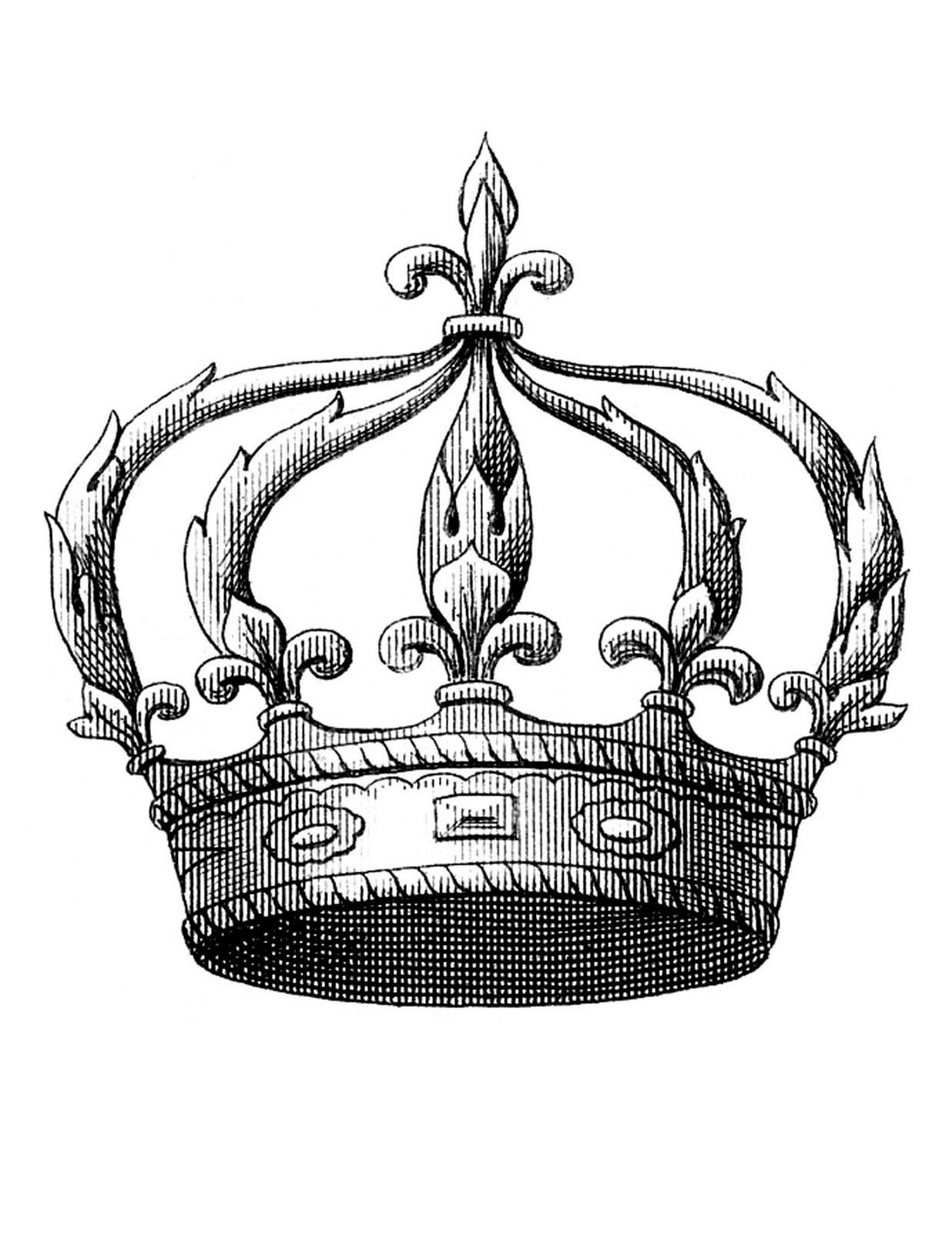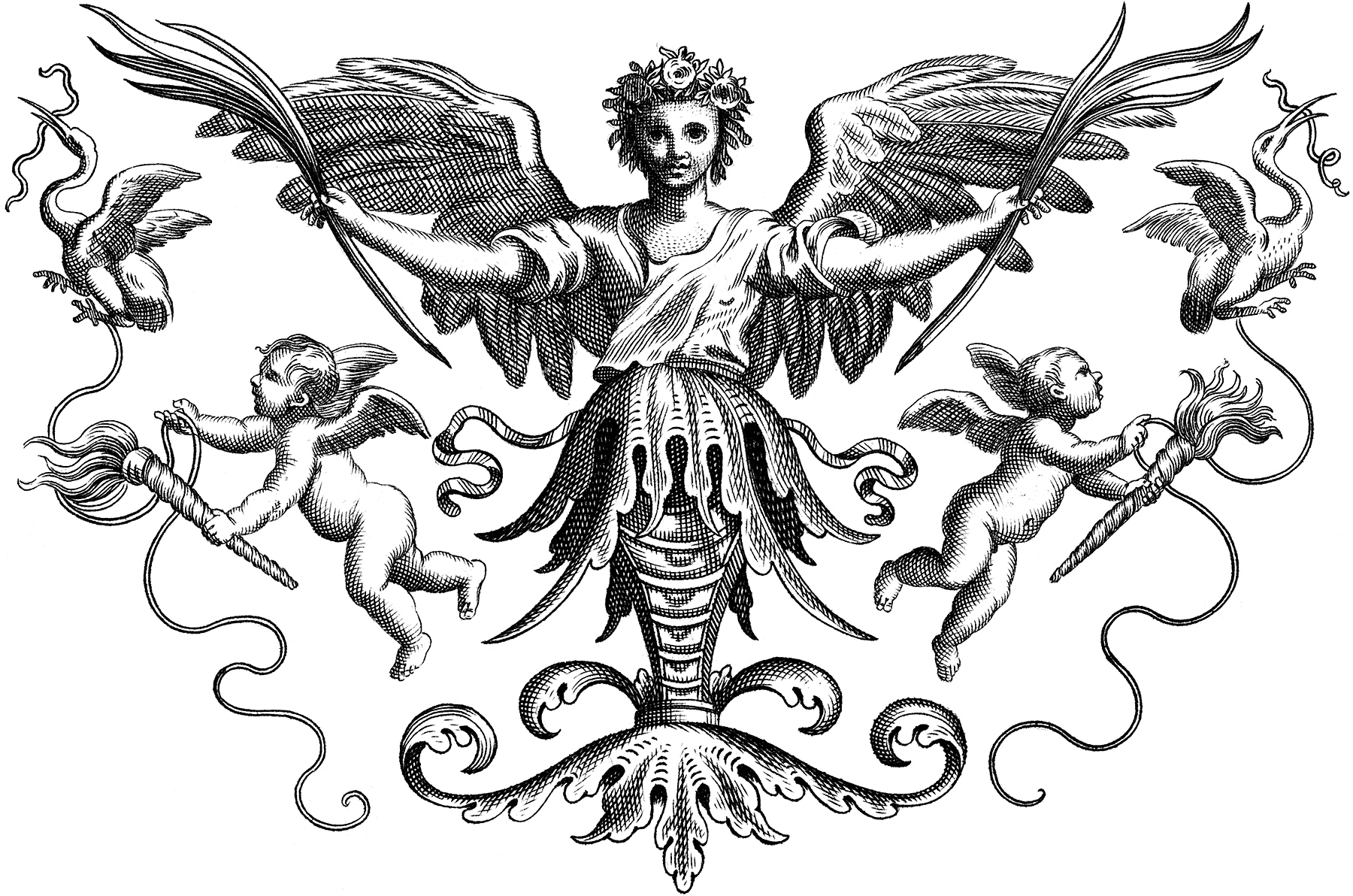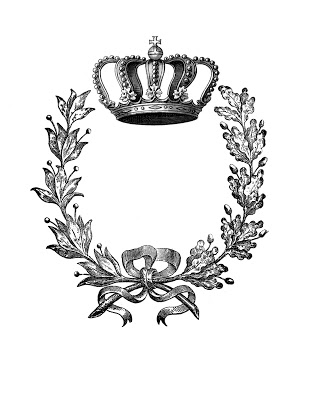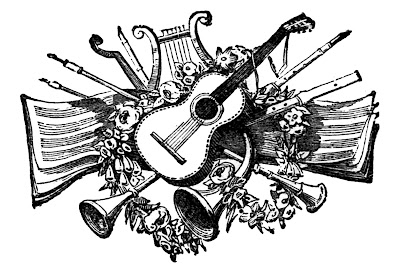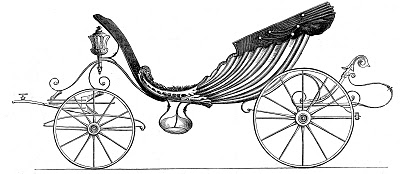 |
| Early Victorian Era Keeper Ring Photo Source: Denham's |
It is somewhat of a misnomer to speak of Early Victorian engagement rings, as the custom of giving them was not well established until the 1890s. Instead, early-century brides were given “keeper” rings, a custom which began in 1761 when King George III gave his intended, Princess Charlotte, a gold band encrusted with diamonds prior to their wedding.
Keeper Rings
These keeper (or guard) rings later served as custodian for the actual betrothal (wedding) ring to protect it from slipping off the finger. This custom continued into the Early Victorian Era, so many of the rings called Early Victorian engagement rings today were originally crafted to be worn as wedding bands set into or behind said guard rings.
Guard rings are still quite popular today and are typically purchased as part of a bridal set or wedding set. The main difference is that today guard rings are given during the wedding ceremony, whereas in Victorian times they were given in lieu of an engagement ring at the time of a couple’s formal engagement.
It appears that in 1839 Prince Albert was the first to break with the tradition of presenting a keeper ring to his intended. Instead, he gave Queen Victoria a diamond memento ring. According to George Harlow, author of The Nature of Diamonds, this sentimental ring was likely paved with several rows of tiny diamonds which adorned her finger in a nearly invisible 18k gold setting. {7}
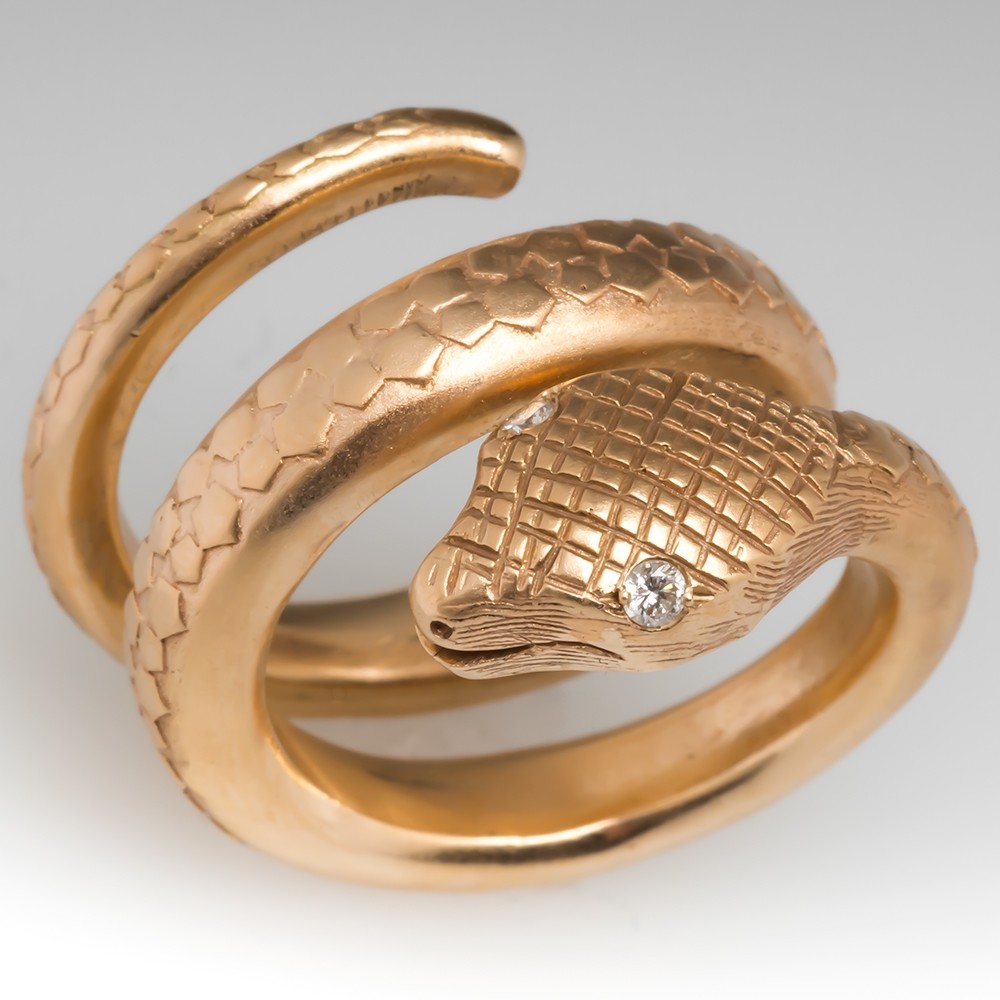 |
| Coiled Snake Ring Photo Courtesy of EraGem |
Victorian Romance
In 1840, Prince Albert once again broke with tradition. Rather than presenting Victoria with one of the typical half hoop gemstone and diamond rings popular for betrothal rings, he personally designed Queen Victoria ’s engagement ring. He fulfilled his intention to thoroughly enchant her when he fashioned the band into a gold serpent biting its tail.
This symbol of eternal love was further branded with a verdant green emerald atop its head. Emeralds, the symbol of hope, were not only the Queen’s birthstone, but were also endowed with the power of ensuring that a woman would become a loving wife.
Victoria and Albert’s passion for jewelry and jewelry design influenced an entire generation of Romantics. These new Romantics drew from the resources available, including both high- and low-karat gold, silver, rose gold, and pinchbeck (imitation gold made of zinc and copper), they fashioned bold and intricate settings of hearts, bows, or flowers.
As a rule, Early Victorian Era wedding rings were as ornate and whimsical as the young Queen who inspired them and as sentimental and distinguished as her Prince, who lavished his bride with copious gifts of jeweled creations of his own design. Not only did Albert’s serpent motif become a mainstay of early Victorian betrothal rings, but soon other natural motifs, including butterflies, daisies, doves, and butterflies, made their debut.
 |
| Victorian Opal Engagement Ring Photo Courtesy of EraGem |
Victorian Flare
To add a flare of color and up the ante on splendor, jewelers would imbed the most popular gemstones of the day into these naturally-inspired settings. Bright red rubies, deep blue sapphires, and shimmering green emeralds were most popular among the Royals and the upper crust nobility. For those of more modest means, the pastel lavender and aqua hues of chalcedony were popular, as were the violet strains of amethyst, the deep reds of garnet, and the bright colors of topaz.
In 1849, access to Australian opals, which became one of Queen Victoria’s favorite gemstones, gave rise to an increased use of opals in keeper and betrothal rings during the Early Victorian Era. Pearls also enjoyed great favor for wedding rings throughout this time period.
Diamonds, however, would remain the gemstone of the elite for many more decades. Cut in the old mine style and clustered together as flowers or posies to enhance their impact, these white crystals would remain rare and small until the Kimberly diamond mine was discovered in South Africa in the 1860s.
BIBLIOGRAPHY
1. “American Jewelry: An Historical Timeline.” Antique Jewelry University, accessed January 13, 2013. www.langantiques.com/university/index.php/American_Jewelry:_Part_III.
2. “Antique and Vintage Designs.” Rings with Love, accessed January 13, 2013. www.ringswithlove.com/antique-vintage-designs.
3. “Antique Engagement Ring Settings.” Engagement Ring Settings, accessed January 13, 2013. www.engagement-rings-settings.com/antique-engagement-rings.htm.
4. Bradley, Tara. “Victorian Engagement Rings (1830s-1900s).” Destination Weddings & Honeymoons. Accessed January 13, 2013. www.destinationweddingmag.com/gallery/victorian-engagement-rings-1830s-1900s.
5. “Elegance of a Victorian Wedding, Part II, The.” Hudson Valley Weddings, accessed January 15, 2013. http://www.hudsonvalleyweddings.com/guide/victorian2.htm.
6. Fragoso, Lilyanna. “Engagement Rings in the 18th and 19th Centuries.” eHow. Accessed January 13, 2013.
7. Harlow, George E. The Nature of Diamonds. Cambridge: Cambridge University Press, 1998.
8. “History of Jewelry, The.” Brilliance Jewelry, accessed January 13, 2013. www.brilliancejewelry.com/history/index.html.
9. “History of Wedding Rings, The.” Everything Wedding Rings, accessed January 13, 2013. http://www.everything-wedding-rings.com/history-of-wedding-rings.html.
10. “Keeper Ring.” Antique Jewelry University, accessed January 13, 2013. www.langantiques.com/university/index.php/Keeper_Ring.
11. “Promise Ring Meaning.” Antique Jewelry Investor, accessed January 13, 2013. www.antique-jewelry-investor.com/promise-ring-meaning.html.</
12. Schoening, Lisa and Kurt Rothner. “Why a Vintage Engagement Ring?” Excalibur Jewelry, May 5, 2012. Accessed January 13, 2013. www.excaliburjewelry.com/why-a-vintage-engagement-ring.
13. “Victorian Wedding Ring and Victorian Engagement Rings, The.” Everything Wedding Rings, accessed January 13, 2013. www.everything-wedding-rings.com/victorian-wedding-rings.html.
*Clip art courtesy of The Graphics Fairy
